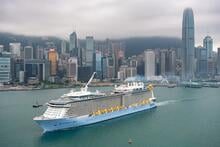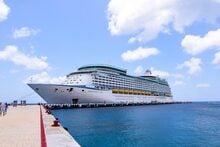Royal Caribbean issued an update on Friday on how the COVID-19 pandemic has impacted its business.
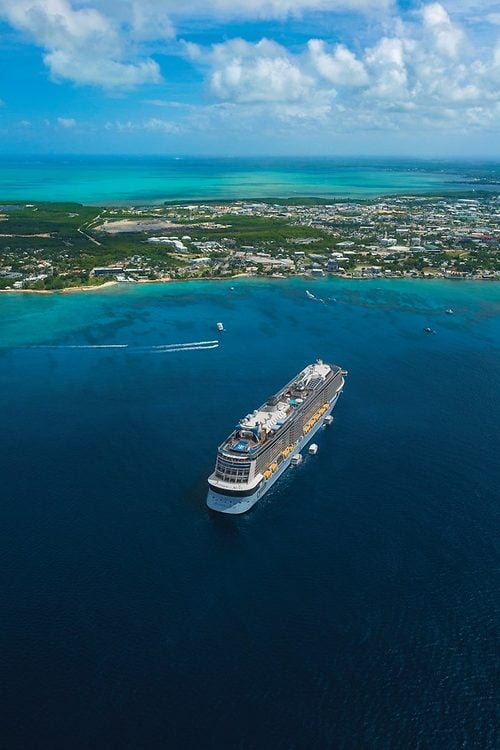
The cruise line has not offered any cruises since it announced a voluntary suspension of its global cruise operations from March 13, that will last through at least June 11, 2020. More cancelled cruises are possible, as continued disruptions to travel and port operations in various regions may result in further suspensions.
Royal Caribbean also said it is working towards, "developing a comprehensive and multi-faceted program" that addresses the public health challenges posed by COVID-19. These efforts will include among other things, enhanced screening, upgraded cleaning and disinfection protocols and plans for social distancing.
The Company will continue to work with the Centers for Disease Control and Prevention, global public health authorities and national and local governments to enhance measures to protect the health, safety and security of guests, crew and the communities visited when we are out of service and once operations resume.

Cruise Bookings Situation
It should come as no surprise to hear that the COVID-19 outbreak has taken a hit on the cruise line's bookings.
Prior to the pandemic, Royal Caribbean began the year in a strong booked position and at higher prices compared to the previous year. But since the virus, booking volumes for the remainder of 2020 are meaningfully lower than the same time last year at prices that are down low-single digits.
Due to the suspension in sailings, booking trends reflect elevated cancellations for 2020 and more typical levels for 2021 and beyond.
Although still early in the booking cycle, the booked position for 2021 is within historical ranges when compared to same time last year with 2021 prices up mid-single digits compared to 2020.
As of March 31, 2020, the Company had $2.4 billion in customer deposits. This includes approximately $0.8 billion of future cruise credits related to previously announced voyage cancellations through June 11, 2020.
Liquidity Situation
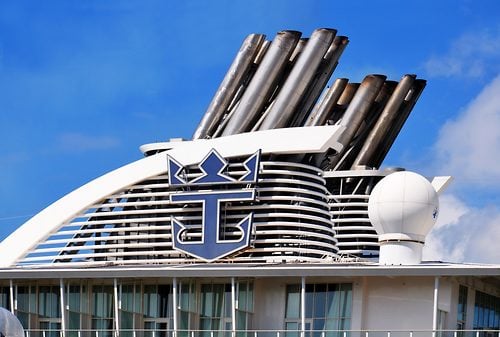
"Since late January, we have undertaken several proactive measures to mitigate the financial and operational impacts of COVID-19." said Jason T. Liberty, executive vice president and CFO. "Our focus is on bolstering liquidity through significant cost cutting, capital spend reductions, and other cash conservation measures. In addition, the Company is considering additional financing sources. We continue to evaluate all options available to us to further enhance liquidity."
As of April 30, 2020, the Company had liquidity of approximately $2.3 billion all in the form of cash and cash equivalents. On May 4, 2020 the company increased the 364-day senior secured credit facility and drew $150 million, further enhancing the Company's liquidity profile.
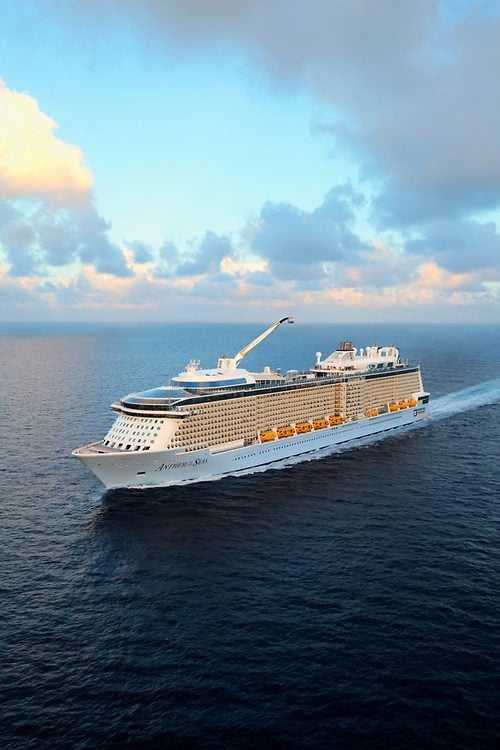
In order to cut costs, Royal Caribbean has taken the following actions:
Reduced Operating Expenses
The Company has taken significant actions to reduce operating expenses during the suspension of its global cruise operations:
- Significantly reduced ship operating expenses, including crew payroll, food, fuel, insurance and port charges
- The Company's ships are currently transitioning into various levels of layup with several ships in the fleet transitioning into cold layup, further reducing operating expenses
- Eliminated or significantly reduced marketing and selling expenses for the remainder of 2020
- Reduced workforce by approximately 26 percent of more than 5,000 shoreside employees in the US
- Suspended travel for shoreside employees and instituted hiring freeze across the organization.
The Company estimates that its average ongoing ship operating expenses and administrative expenses is approximately $150 million to $170 million per month during the suspension of operations. The Company may seek to further reduce this average monthly requirement under a prolonged non-revenue scenario.

Reduced Capital Expenditures
Since the last earnings call, the Company has identified approximately $3.0 billion and $1.4 billion of capital expenditure reductions or deferrals in 2020 and 2021, respectively. The 2020 reductions and deferrals are comprised of:
- $1.2 billion, of non-newbuild, discretionary capital expenditures and
- $1.8 billion in reduced spend or deferred installment payments for newbuild related payments which the Company is currently finalizing.
The Company believes COVID-19 has impacted shipyard operations and will result in delivery delays of ships previously planned for delivery in 2020 and 2021.

Debt Maturities, New Financings and Other Liquidity Actions
Since the last earnings call, the Company has taken several additional actions to further improve its liquidity position and manage cash flow:
- Increased the capacity under its revolving credit facilities by $0.6 billion, and fully drew on both facilities
- Entered into a $2.35 billion 364-day senior secured credit facility with an option to extend (secured by 28 ships with a net book value of approximately $12 billion as of March 31, 2020)
- Obtained a $0.8 billion, 12-month debt amortization and financial covenant holiday from certain export-credit backed facilities
- Amended its non-export-credit backed bank facilities to incorporate a 12-month financial covenant holiday
- Agreed with its lenders that it will not pay dividends or engage in stock repurchases.
As of May 5, 2020, expected debt maturities for the remainder of 2020 and 2021 are $0.4 billion and $0.9 billion, respectively.
The Company estimates its cash burn to be, on average, in the range of approximately $250 million to $275 million per month during a suspension of operations. This range includes ongoing ship operating expenses, administrative expenses, and debt service expense, hedging costs, expected necessary capital expenditures (net of committed financings in the case of newbuilds) and excludes cash refunds of customer deposits as well as cash inflows from new and existing bookings. The Company is considering ways to further reduce the average monthly requirement under a prolonged out-of-service scenario and during start-up of operations.
The Company continues to identify and evaluate further actions to improve its liquidity. These include and are not limited to: further reductions in capital expenditures, operating expenses and administrative costs and additional financings.
On March 10, 2020, the Company withdrew its first quarter and full-year 2020 guidance. The magnitude, duration and speed of COVID-19 remains uncertain. As a consequence, we cannot estimate the impact of COVID-19 on our business, financial condition or near or longer-term financial or operational results with reasonable certainty, but we expect to incur a net loss on both a US GAAP and adjusted basis for the first quarter ended March 31, 2020 and the 2020 fiscal year; the extent of which will depend on the timing and extent of our return to service.






